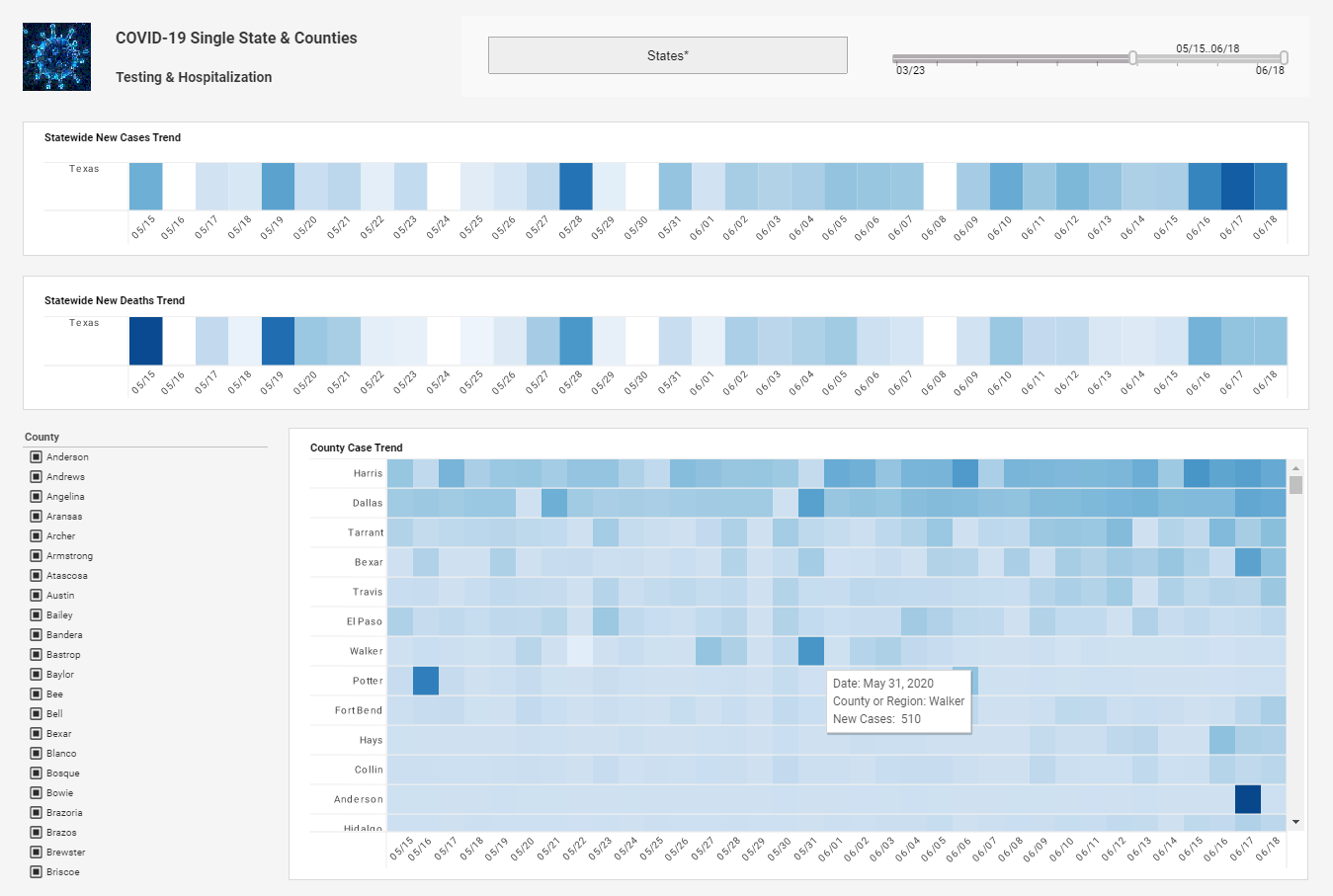InetSoft Webinar: Executive Support for Business Intelligence Initiatives
This is the continuation of the transcript of a podcast hosted by InetSoft on the topic of "Performance Management Best Practices." The speaker is Jessica Little, Marketing Manager at InetSoft.
What is some practical advice for companies that are seeking executive support for their business intelligence initiative? Are there key performance indicators that they should live by? Some of the essential KPIs are profitability analytics. In retailing, it would be never being out of stock on shelf, customer re-buying, customer sequential, versioning, buying product, buying whatever it may be.
And if you take the top three railroads in America as an example, the kind of impact there directly affects the price of the stock. I know where the railcars are. I know what's in them. I know where a customer shipment is. I am tracking things by the minute and the hour. I am rewarding my employees for using less fuel in the case of Burlington Northern, saving some $50 million or more just this year in fuel costs by managing how the trains actually operate, using business intelligence on the data warehouse.
And there are these unique kinds of impacts that executives are now looking for. They just don’t want reports, they want did that process actually change a lot of things for the better. And as we go into marketing and sales and operations and finance, the metrics and the KPIs are not only statistics anymore. They are actual abilities from the business intelligence and data warehousing system to say how should we change those processes?
| #1 Ranking: Read how InetSoft was rated #1 for user adoption in G2's user survey-based index | Read More |
Do We Need to Change the Analytics?
Are the changes working for us? Do we need to change the analytics themselves? Are we measuring the wrong things? Are we using the right words with customers? Are we training our people correctly? The latest thing that we are seeing, and it's obvious because of the financial crisis around the world, is risk management. All of the CXOs are concerned in one or another way in their industry about capital investment, risk management, employee utilization, productivity, and customer revenue. It's all tied together.
I can give an example of a company that has been successful at gaining executive support and the business benefits that they have achieved. At a major telecom company, there was a need to in the financial area to integrate data across merged organizations. They needed the ability to respond to management in a highly responsive way to totally change what they do.
Retail is going to go through some struggling times over the next couple of years just because the economics and markets change overtime. And the retailers are now looking at are we advertising the right product. Are we making the right margins on those products? What are our customers’ behaviors? How are we financing this?
All of this is tied together through a data warehouse. And one of the astonishing things that they have had to do is reorganize the company internally. When they reorganized, they delivered the P&L within hours to the new executive that was announced on their e-mail system within hours and basically said to him, “Our job’s done”.
The Data Was Integrated
And they didn’t have to reorganize the data because the data was integrated. The data was classified appropriately. And it didn’t matter which organization was being analyzed. Products, customers, finance, distribution, employees are still the same. All I just have to do is change the codes of the tables about who owns what part of the business. I don’t have to extract a lot of data and experiment. I don’t have to do massive amounts of data mining to discover things that could be known easily by non-power users of business intelligence tools.
 |
View live interactive examples in InetSoft's dashboard and visualization gallery. |
For new customers, we can not just present the technology and talk about what other customers have done, but assist the customer and guide the customer. We do a lot of strategy sessions. We do a lot of workshops. We do a lot of things to advise the customer on a continuing basis. We have continual meetings, which are not sales meetings.
They are meetings about what other people are doing, what they could do, what data is missing, how to help build them a roadmap that doesn’t go for a release, but maybe for five or 10 years to be able to have the data coming in that they can handle today and see what the value of that data is against the KPIs, against the business questions, against the business improvements, against the vision, strategy and objective of the customer. So we can really help optimize what their situation is, the technology they have, the business processes, and help them move forward.
| Previous: Executive Support for Enterprise Data Warehouse Initiatives |


